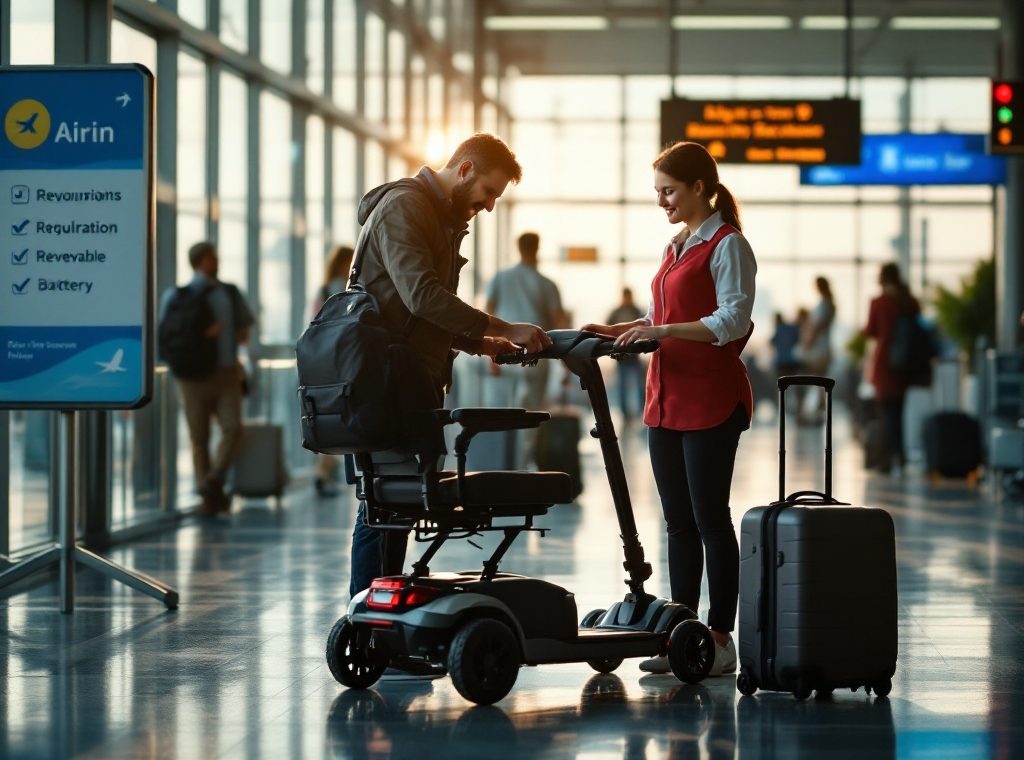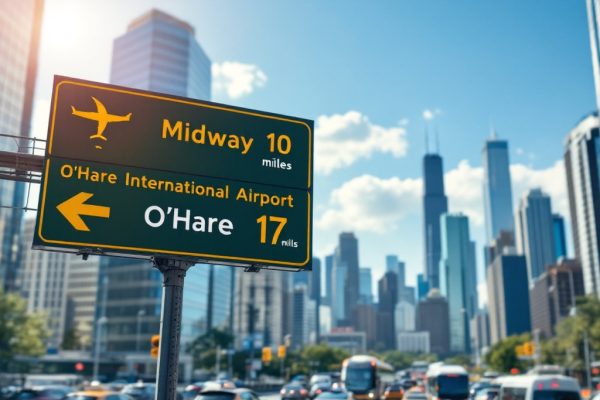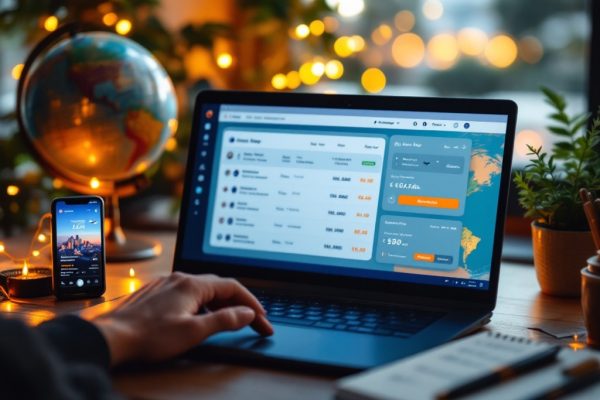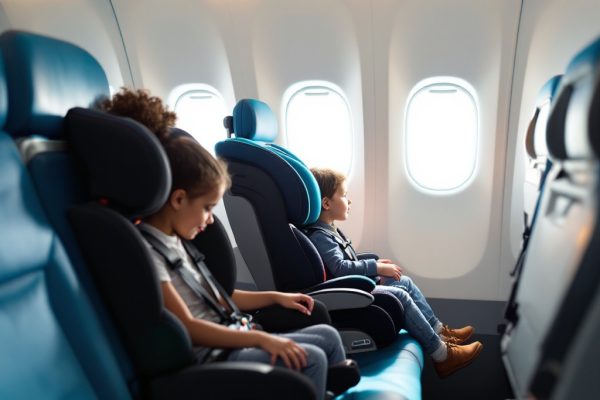Are Mobility Scooters Suitable for Air Travel
Planning air travel with a mobility scooter? Airline regulations on size, weight, and especially battery types are crucial for a smooth journey. This guide provides essential information on IATA regulations, weight limits (often around 300 lbs), and height restrictions (typically 86 cm for upright models). Learn how to prepare your scooter, including battery removal and packing procedures, and why contacting your airline 48 hours prior is vital. Ensure a hassle-free flight by understanding these key requirements now!
Important information
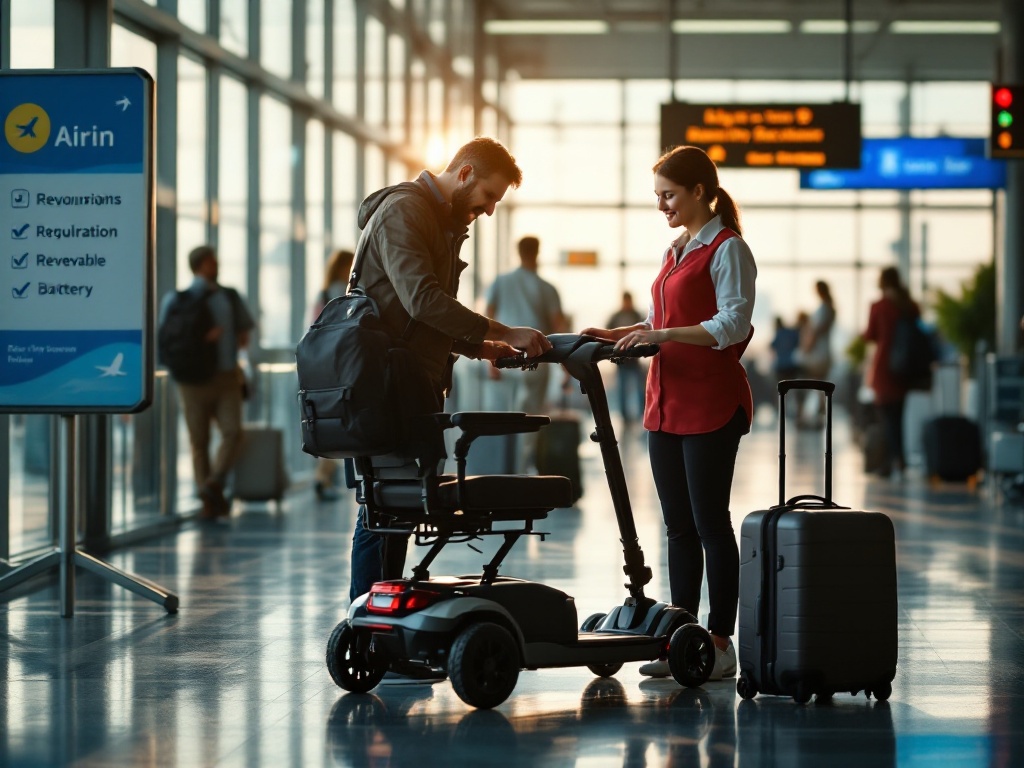
- Contact your airline at least 48 hours before your flight to inform them about your mobility scooter and confirm their specific requirements.
- Airlines have specific size and weight restrictions for mobility scooters. Common weight limits are around 300 lbs (136 kg) including batteries, but this varies.
- Battery type is a key factor. Lithium-ion batteries are common, but often need to be removed and packed according to airline regulations. Be sure to check wattage limits.
- Disassembling your scooter is typically required. Consult your scooter’s manual and the airline’s guidelines for packing instructions.
- Mobility scooters are usually exempt from standard baggage allowances, and pre-boarding is often offered.
Airline Policies for Mobility Scooters
Contact your airline before traveling with a mobility scooter, as policies vary. This will help you understand their specific requirements, such as size and battery type restrictions. Informing them in advance allows for necessary arrangements and a smoother trip.
Allowances and Requirements for Mobility Equipment
Most airlines allow you to bring mobility devices, such as scooters, on board free of charge. However, there are usually specific rules to follow. You should notify the airline in advance. Size and battery restrictions may also apply. It’s always best to check with your airline for their specific requirements.
Specific Regulations and Criteria for Scooters
Airlines typically allow free checked mobility scooters, but upright models usually have a height restriction of 86 cm. Weight limits vary by airline, so it’s best to call and confirm their specific requirements for your scooter. Battery types and watt-hour ratings are also subject to IATA regulations.
Limitations on Weight and Size
Airline regulations for traveling with mobility scooters mainly focus on weight and size due to cargo space limitations and safety concerns. Contact your airline directly to confirm their specific requirements. Weight limits, often around 300 lbs (136 kg) including batteries, can vary between airlines. Size restrictions also apply, usually limiting the length, width, and height for safe storage during the flight. Disassembly of the scooter is typically required.
Battery Regulations for Air Travel
Airlines regulate lithium-ion batteries, commonly used in mobility scooters, for air travel safety. Passengers often need to remove these batteries for flights, storing them according to airline-specific regulations. These rules typically include watt-hour limits and specify acceptable battery types for compliance and a smoother travel experience.
Handling Lithium-ion Batteries
Airline regulations for mobility scooters using lithium-ion batteries prioritize passenger safety. These rules generally require batteries to be disconnected and securely packed for transport. Some airlines may also have specific packaging requirements to prevent incidents during the flight.
Battery Capacity and Removal Guidelines
Airline mobility scooter battery regulations differ, so it’s crucial to contact your airline before traveling. Most airlines require battery removal. Dry cell, gel cell, and lithium-ion batteries are usually allowed, but lithium-ion batteries often have wattage limits. Checking with your airline in advance will ensure a hassle-free trip.
Preparing Your Mobility Scooter for Air Travel
Traveling with your mobility scooter? Here’s how to prepare:
Check your airline’s size and weight restrictions. Contact your airline directly or review their website for specific mobility scooter guidelines.
Prepare your scooter for travel. Remove loose items such as baskets or bags, and disconnect and secure the battery according to the airline’s instructions.
Schedule a pre-trip service check. Ensure your scooter is in optimal working condition before your trip to avoid any unexpected issues.
Document your scooter’s specifications. Note the battery type, watt-hour rating, and other relevant details for a smoother check-in experience.
Notifying Airlines in Advance
Notify your airline about your mobility scooter at least 48 hours before departure. This advance notice allows them ample time to prepare, ensuring a smoother travel experience and preventing potential issues.
Understanding Baggage Allowance and Priority Boarding
Traveling with a mobility scooter can be simplified by following these steps:
Contact your airline. Inquire about their specific policies regarding mobility devices, as they can vary.
Confirm your scooter’s classification. Most airlines classify scooters as assistive devices, exempting them from standard baggage allowances.
Inquire about battery regulations. Battery rules differ between airlines, so pre-confirmation can prevent check-in issues.
Pre-boarding is usually offered for passengers with mobility devices, making your journey smoother.
Disassembling and Packing Procedures
Traveling with your mobility scooter requires some preparation. Disassembly is usually necessary, often involving removing the battery, seat, and other detachable parts. Consult your scooter’s manual for specific instructions. To protect your scooter during travel, pack the parts in protective cases to prevent damage. Airlines frequently offer packing guidelines, suggesting sturdy boxes or specialized travel cases. Following these recommendations simplifies check-in and ensures your scooter is handled carefully. Here’s a step-by-step guide:
Consult your scooter’s manual for disassembly instructions. This will guide you on safely detaching the battery, seat, and other components.
Carefully detach the components as instructed by the manual. Ensure all parts are properly disconnected before packing.
Pack the scooter parts in protective cases. This will prevent damage during transit. Consider using sturdy boxes or specialized travel cases recommended by the airline.
Review the airline’s packing guidelines. Adhering to these recommendations will streamline the check-in process and ensure your scooter is handled with care.
Transporting Mobility Scooters on Planes
Traveling with your mobility scooter? Here’s what you need to know:
Notify the airline at least 48 hours in advance. This allows them to make necessary arrangements for transporting your scooter.
Disassemble and pack your scooter. Follow the airline’s specific guidelines to ensure proper packaging.
At security, your scooter and battery will undergo a visual inspection. Be prepared for this process.
The airline is responsible for the safe arrival of your scooter. If it’s damaged during the journey, they must provide a temporary replacement to ensure your mobility at your destination.
Check-in Procedures and Security Screening
Traveling with your mobility scooter? Here’s a simple guide:
Notify your airline 48 hours in advance. This allows them ample time to make necessary arrangements for your scooter.
Upon arrival at the airport, proceed to the check-in counter for assistance.
During security screening, you’ll be asked to detach any removable components, such as batteries. The scooter will undergo an X-ray scan to ensure everyone’s safety.
Ensuring Safe Arrival at Your Destination
Traveling with your mobility scooter is a straightforward process. First, contact your airline at least 48 hours before your flight to inform them about your scooter and confirm their specific requirements. They may have restrictions on battery types or scooter dimensions. Second, arrive at the airport at least two hours before your scheduled departure to allow ample time for check-in procedures. Third, at the check-in counter, present your scooter and any required documentation, such as a doctor’s note or proof of purchase. The airline staff will guide you through the tagging and handling process. Fourth, proceed through security, where your scooter will undergo screening. You may be asked to transfer to a manual wheelchair during this process. Finally, upon arrival at your destination, retrieve your scooter from the baggage claim area. It is recommended to inspect your scooter for any damage before leaving the airport.
Domestic vs. International Flights with a Mobility Scooter
Traveling with a mobility scooter requires pre-planning, especially concerning airline policies. These policies vary significantly between airlines and whether your flight is domestic or international. Contact your chosen airline directly to confirm their specific requirements for mobility scooters, including restrictions on: battery types, scooter dimensions, and any necessary documentation. Confirming these details ahead of time helps ensure a smooth and hassle-free travel experience.
Variations in Airline Policies and Procedures
Traveling with a mobility scooter requires careful planning, especially concerning airline policies. Contact your chosen airline directly to understand their specific requirements for mobility scooters, as these can vary significantly.
Key Areas to Discuss with Your Airline:
- Battery types, permitted and prohibited types.
- Size and weight restrictions for the scooter.
- Necessary paperwork, including documentation for the scooter and battery.
- Check-in procedures, specific instructions for mobility devices.
- Security procedures, screening processes for mobility scooters.
- Handling procedures, how the scooter will be managed during the flight.
Additional Considerations:
International flights often have different restrictions than domestic flights. Be sure to confirm any additional requirements for international travel with your airline. Planning ahead and confirming these details with your airline will ensure a smooth and hassle-free travel experience.
Understanding Travel Restrictions and Requirements
Airline policies for mobility scooters vary, especially between domestic and international flights. Contact your airline directly to learn about their specific requirements. These may include advance notification, restrictions on battery types, and size limitations.

